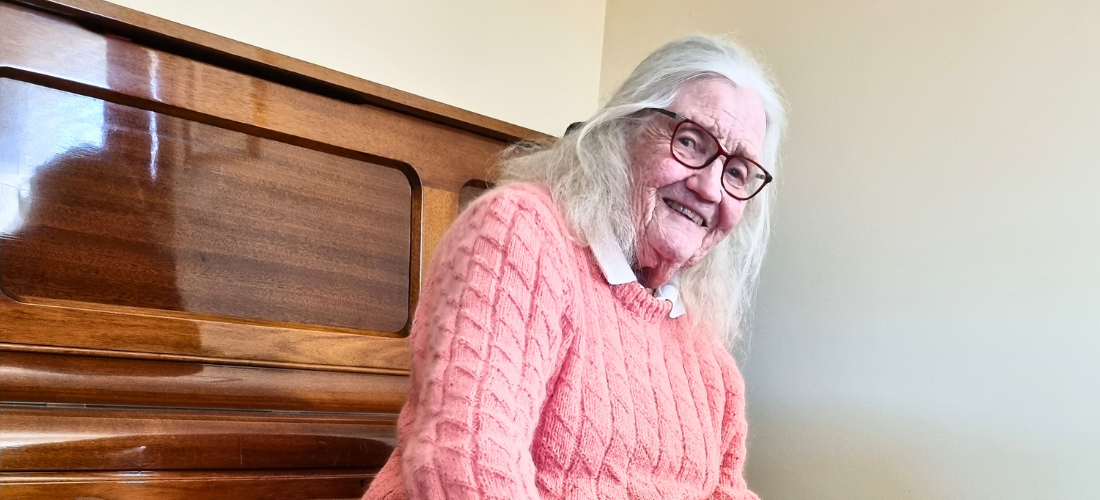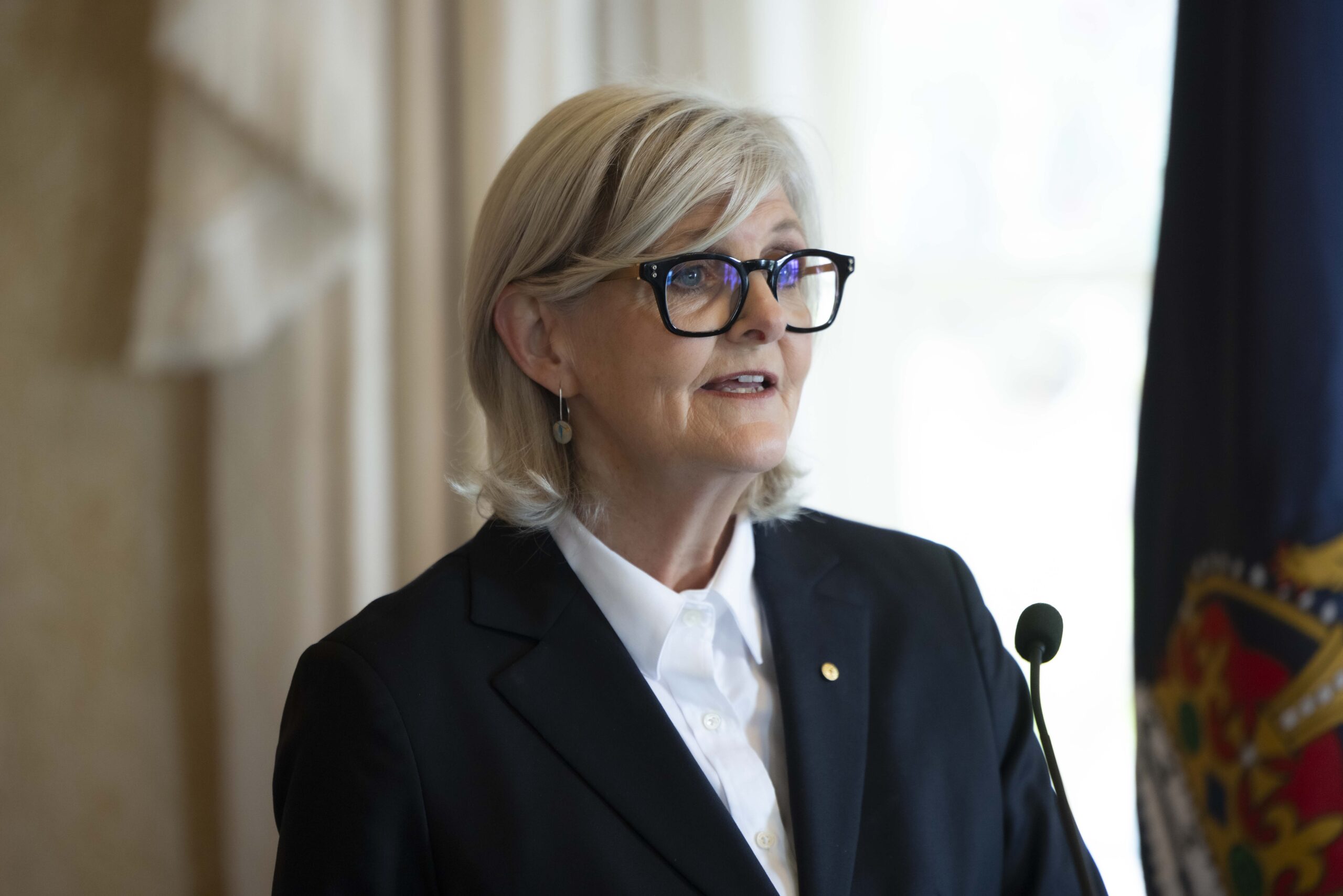“It’s wonderful. It’s a relief”
Anne and 47,000 other Australians are relieved a proposed Medicare rebate cut for eye injections has been rejected.
Before eye injections arrived in Australia in 2007, most people diagnosed with wet AMD went blind – sometimes quite rapidly.
Fifteen years later, Australia is a world leader in the treatment of wet AMD.
Eye injections have saved the sight of thousands of Australians like Anne from Canberra, who’ve been able to maintain their vision and continue to enjoy full, active lives long after diagnosis.
Eye injections maintain Anne’s vision
When Anne was diagnosed with wet (neovascular) age-related macular degeneration (wet AMD) three years ago, she adopted aids and technologies to make the most of her vision.
Anne already has other mobility issues. And she admits she doesn’t know how much she’d be able to leave home if it wasn’t for eye injections.
“It would certainly impact even more on going out because I already have to be hyper vigilant now,” Anne says.
“I probably wouldn’t go out on my own and I certainly wouldn’t walk. I try to walk most days around my suburb. I’m familiar with the paths that I go.
“I wouldn’t be able to walk as I’ve been able to, and that would be a loss, because I love seeing the trees and getting fresh air.”
The proposed Medicare rebate cut
That’s why Anne was alarmed by a recommendation by the independent Medicare Benefits Schedule (MBS) Review Taskforce for Ophthalmology to cut the Medicare rebate for eye injections by 69 per cent.
We commission PwC modelling which calculated that patients’ average out-of-pocket costs would balloon from $1,900 to $3,900 per year – double if you need injections in both eyes – if this cut was made.
That extra financial burden would mean a quarter of patients – some 47,000 people – would stop treatment over a five-year period, and risk going blind.
Cost concerns
A 2020 MDFA patient survey revealed 29 per cent of respondents receiving eye injections have considered delaying or stopping treatment due to cost. Thirty-five per cent have cut down on expenses like food, medicine and even mortgage payments to afford them.
Only 18-22 per cent of injections are provided in bulk-billed private clinics or a limited number of public hospitals.
“A lot of people don’t manage well on pensions.
They have to make choices about remaining on treatment or eating three or two meals a day.
“If they have two eyes affected, or even one eye, they’re on pensions and they’re going to have to make that choice – whether they allow one eye to go blind or two eyes to go blind, because they’re not going to be able to afford it.”
But Anne was relieved to learn that both major political parties committed to rejecting the proposed cut by the Taskforce ahead of the 2022 Federal Election.
Rebate cut rejected
After the independent MBS Review Taskforce made this recommendation in 2020, MDFA engaged with both the Government and the Opposition and shared PwC’s economic modelling report.
MDFA opposed the cut, and called on both sides of politics to reject the recommendation.
Sharing stories from patients right across Australia, our campaign gave a strong voice to the 47,000 Australians who would have risked going blind if the Medicare rebate was reduced.
And both of Australia’s major political parties listened, committing to rejecting the proposed cut when either formed the next Government after the Election.
This news is a great result for the macular disease community. People shouldn’t have to choose between buying groceries and going blind.
“It’s wonderful. It’s a relief,” Anne says.
“I thank you [MDFA] for all the hard work you have done in petitioning the Government.”
Posted: 10 May 2022
















